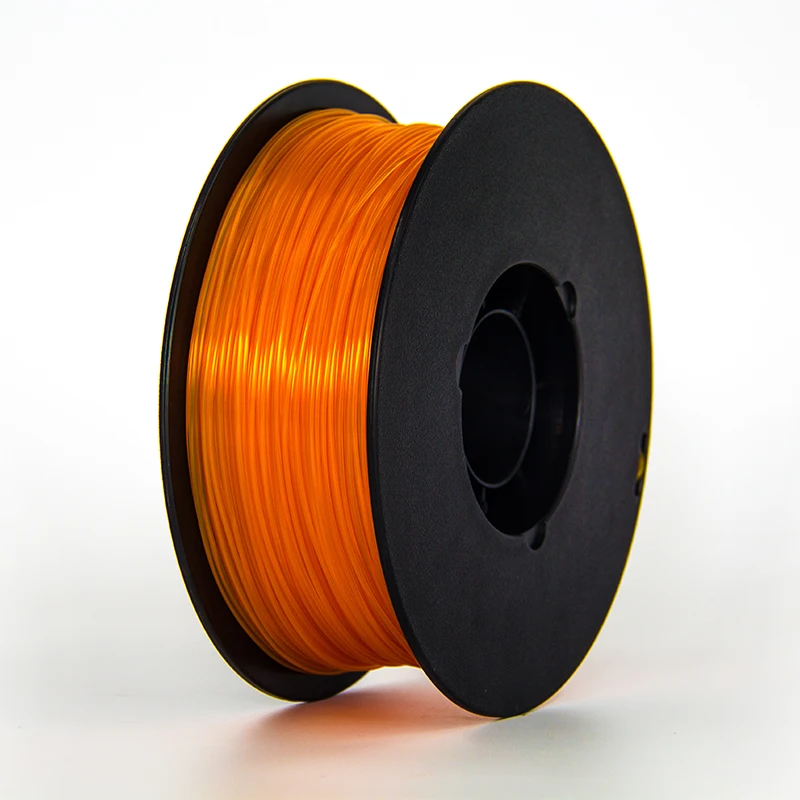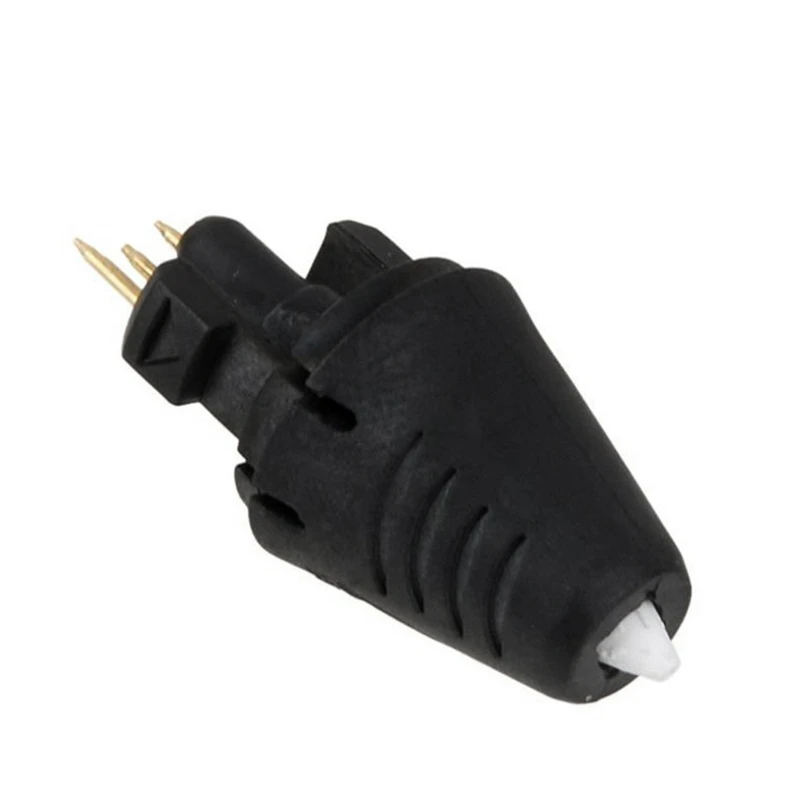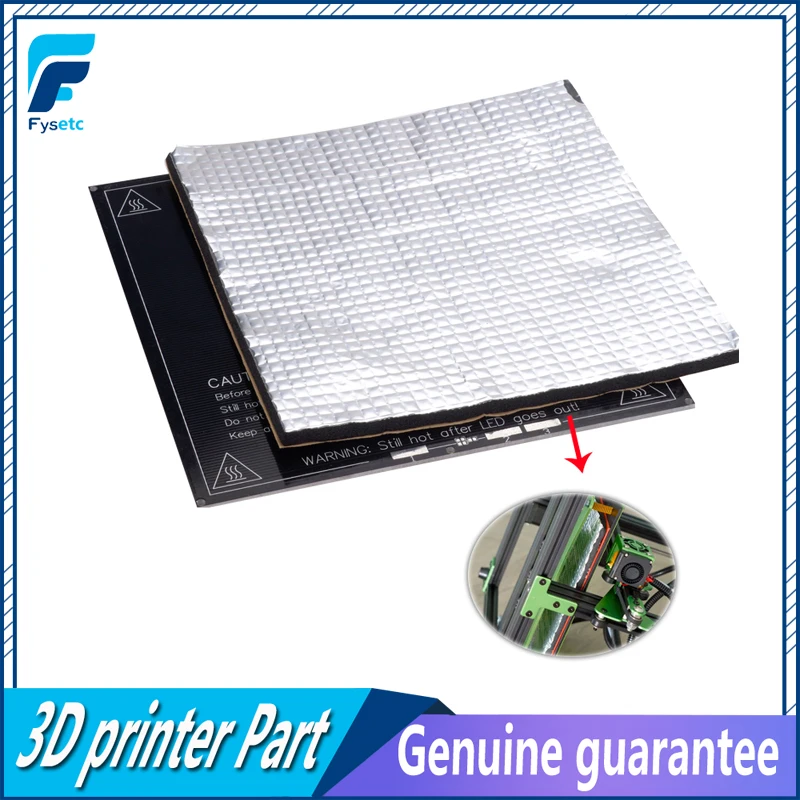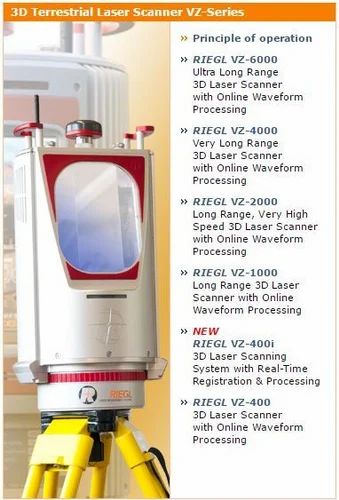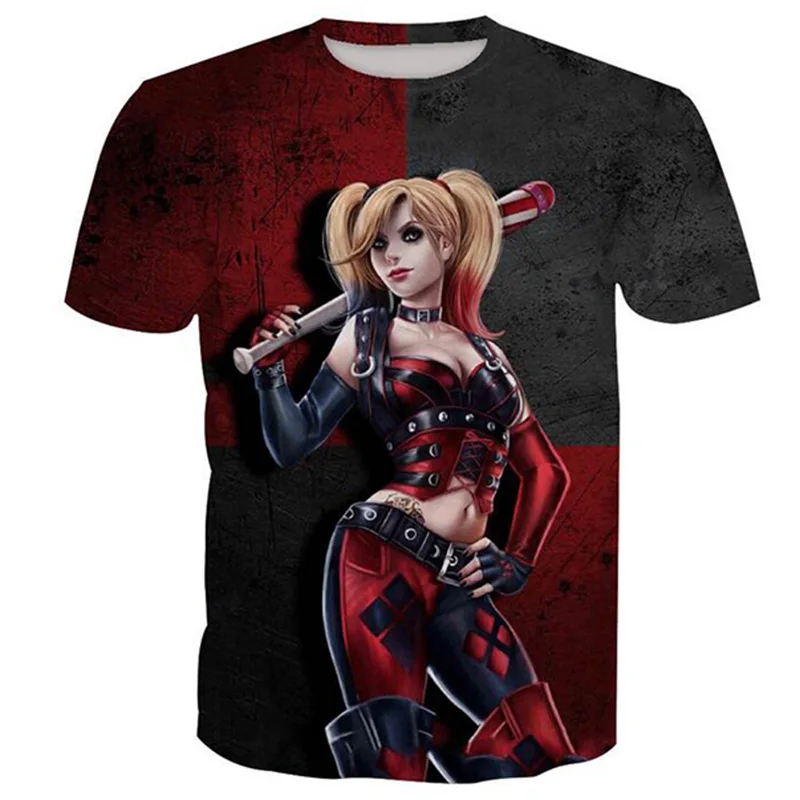Soluble 3d printer filament
PVA Water Soluble Support 3D Printing Filament
$48.00 – $72.00
4 interest-free payments with Learn More
AquaTek™ PVA [Polyvinyl Alcohol] is a water-soluble support filament based on a new generation of PVA. This filament is ideal for printing complex parts using PLA, PVB, Nylon, and TPU.
[yith_wcwl_add_to_wishlist]
SKU: Select options above Brand: AquaTek™ Categories: Water Soluble Support, Support Filaments
- Description
- Reviews
- Questions & Support
AquaTek™ PVA Water Soluble Support
This is a water-soluble support filament based on a new generation of PVA (polyvinyl alcohol, PVOH). AquaTek™ PVA Water Soluble Support is tap water-soluble and is easily removed from the printed part with room-temp water.
Gearbox HT2™ 3D Printer: Print industrial-grade parts using our PVA Water Soluble Support and more with the new Gearbox™ HT2 High-Temp 3D Printer.
Print Recommendations
Extruder Temp
190-220°C
Bed Temp
23-70°C
Heated Chamber
Not required
Nozzle Specs
No special concerns
Bed Adhesion
Magigoo Bed Prep
Layer Height
No special concerns
Drying Specs
65°C for 4 hours
Supports
PVA is water soluble
Benefits of AquaTek™ PVA:
- Superior to traditional PVA filament
- Easily soluble in warm water
- Eco-friendly, biodegradable, and safe to dispose in house or office drains
- Ideal support material for the most popular desktop printing materials
Compatible Materials:
- AquaTek™ PVA is an industry favorite water soluble support material, it works excellent with all the following, and is very popular among makers and the desktop 3D printing community.
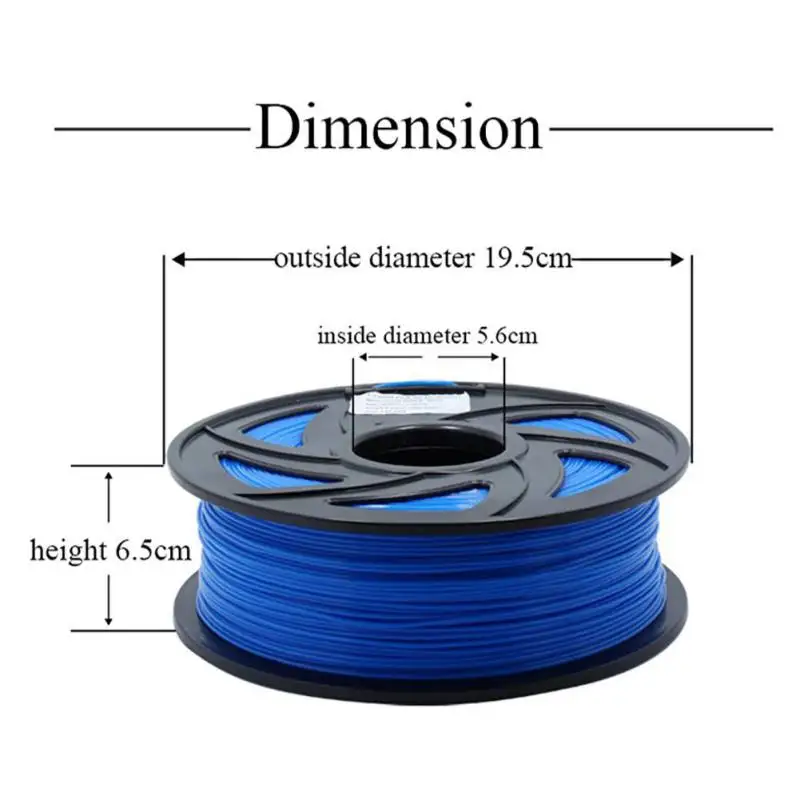 9 ohm surface resistivity on 3DP sample using concentric ring test method.
9 ohm surface resistivity on 3DP sample using concentric ring test method. - Note: Internal studies have indicated that increased extruder temperatures can achieve higher levels of conductivity. Likewise, lower extruder temperatures have resulted in lower levels of conductivity. Each printer is set up differently, as well as varied printed part geometries. Therefore, expect some trial time to understand how this filament works with your specific printer and in the context of your specific application.
Recommended Support Removal Techniques:
Break away excess support material that’s easily accessible. This reduces dissolution time (more support material = a longer time to dissolve).
Submerge the part in warm water. Hot tap water is typically 38-49°C, which is more than adequate for dissolving AquaTek™ PVA. Please be safe with hot water!
Agitating and stirring the water reduces dissolution time further, either with mechanical agitation or a sonic cleaning bath system.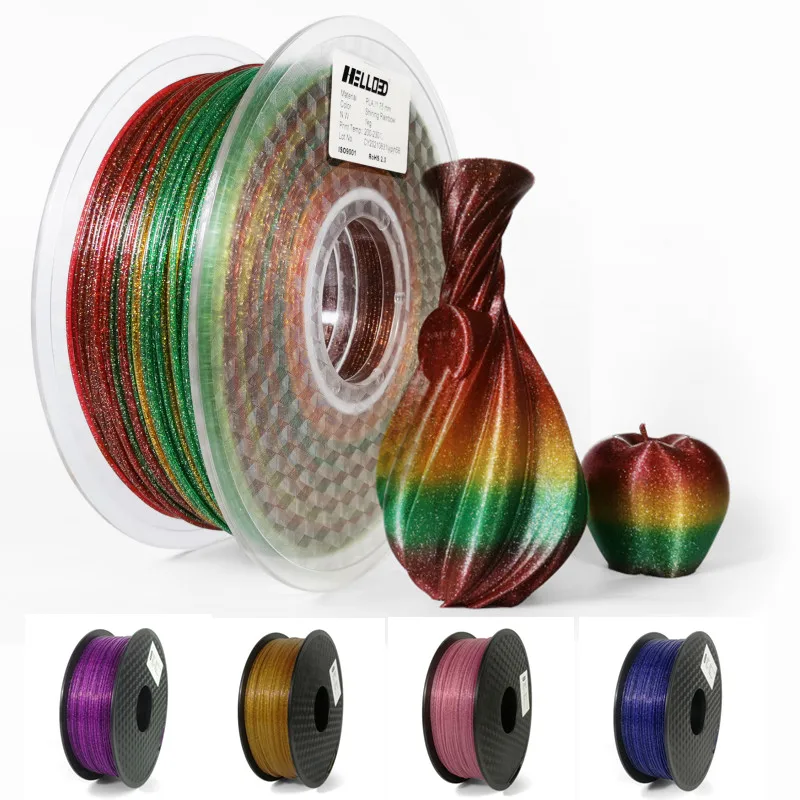 Re-heat or replace the warm water as it cools off for as long as you still see support material un-dissolved.
Re-heat or replace the warm water as it cools off for as long as you still see support material un-dissolved.
Residue is ecologically safe and can be disposed of down a home or office drain. Rinse thoroughly with fresh, warm water.
Filament Specifications:
1.75mm and 2.85mm +/- 0.05mm in diameter
Recommended Print Settings:
- Extruder: 190-220°C
- Bed Temp: 23-70°C
- Bed Prep: Magigoo Bed Prep gives us the best results.
- Heated Chamber: Not required
- Other: AquaTek™ PVA will absorb moisture from ambient humidity like crazy, therefore best practice is to dry and store filament in a sealed container while not in use.
- Drying Instructions: 65°C for 4 hours
Questions?
Send us a message and we'll reach out as soon as we can!
Please enable JavaScript in your browser to complete this form.Name *
Business / Organization
Email *
Phone
What can we help you with? *
Newsletter Signup
- Sign me up for the 3DXTECH newsletter
PVA & Support Material - Soluble filaments for support structures
Sort byRelevanceBestsellersCustomer ReviewsPrice, Low to HighPrice, High to LowNew arrivalsHighest Discount
-
3DJAKE nicePVA Natural 2 Model types- Soluble in cold water
- Ideal support material
- Wide temperature range
-
Verbatim BVOH White 2 diameters- Water-soluble
- Excellent layer formation
- Good solubility
-
Polymaker Poly Dissolve S1 2 diameters- Water soluble
- Good adhesion to different materials
-
Formfutura Helios Support ™ Natural 2 diameters- Higher printing temperatures
- Better in combination with technical materials
- No nozzle clogging up to 255 ° C
-
R3D PVA White- Support material
- Fast post-processing
- For dual extrusion
-
Fiberlogy BVOH Natural- Water-soluble material
- Compatible with many materials
- For complex structures
-
Formfutura BVOH Natural 4 Model types- Good binding with almost all materials
- Excellent solubility in water
-
Zortrax Z-SUPPORT Premium- Easy to use and compatible with many filaments
- Wide temperature range
- For complex models
-
Polymaker PolySupport 2 diameters- Breakaway support material
- Easy to remove
- Easy to print
-
eSUN PVA Natural- Easily water soluble
- Ideal for dual extruder 3D printers
- No residue after dissolving
-
Formfutura Atlas Support™ Natural 2 diameters- Higher thermal stability
- Ideal for dual extruder
- Cold-water soluble
-
Polymaker PolyDissolve S2 2 diameters- Soluble material
- Especially for PC, ABS and ASA plastics
- For dual extruders
-
Zortrax Z-SUPPORT Natural for Inventure- Soluble by use of the DSS Station
- Residue-free
All prices incl.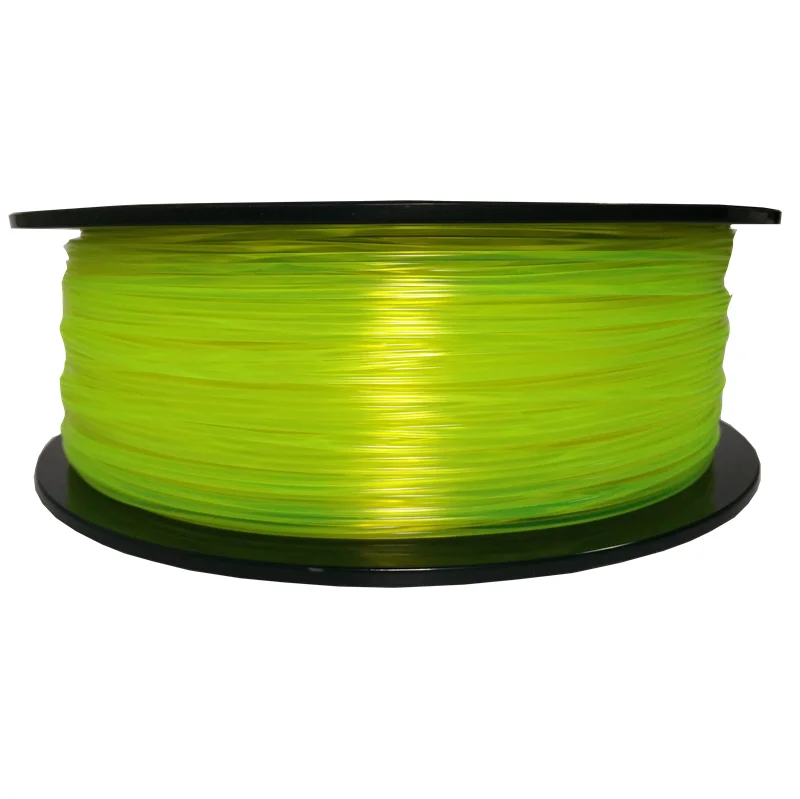 VAT.
VAT.
Using Dissolvable Filament to Create Supports
Using Dissolvable 3D Printing Filament is an easy and effective way to create support structures for your 3D printed part. In this article, we'll take a look at the different types of dissolvable filaments on offer, the benefits of using them over insoluble filaments, and tips and tricks for the smoothest possible printing process.
FDM 3D printing is a manufacturing technology that allows you to create parts with complex geometries that are usually impossible to obtain using traditional methods. However, when using this technology, each layer of the part requires supports, either on the structure of the part itself or on an additional supporting structure.
With a single extruder 3D printer, you are limited to using the base material of the printed part to create the support structure. Things are different with dual-extruder printers, since dissolvable filaments can be used to create support structures.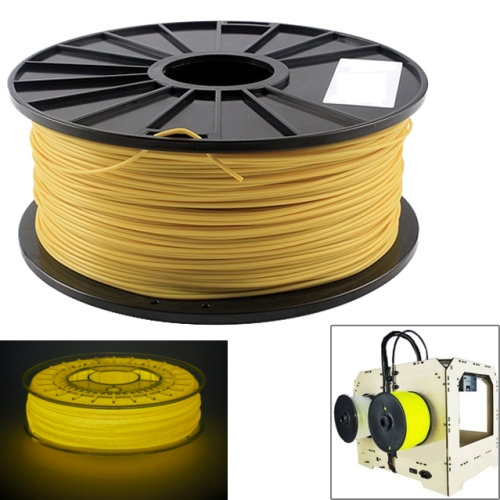
Soluble 3D Printing Filament Types
Water Soluble 3D Printing Filaments
Such materials are known for their solubility in ordinary water without any aggregates. This makes them a great option, since their dissolution does not pose any danger, and also does not cause any reaction to the base material of the product.
One of these materials is PVA, which is the most commonly used support material in 3D printing. BVOH is another widely used material with better material compatibility than PVA as well as faster dissolution time.
Water Soluble Chemical 3D Printer Filaments
Some industrial grade materials are not compatible with filaments such as PVA or BVO due to their chemical properties and/or heat resistance. For this reason, materials like BVOH or PVA have been designed with additional properties to make them compatible with high temperature materials such as PEEK, PEKK, PPSU, PP and others.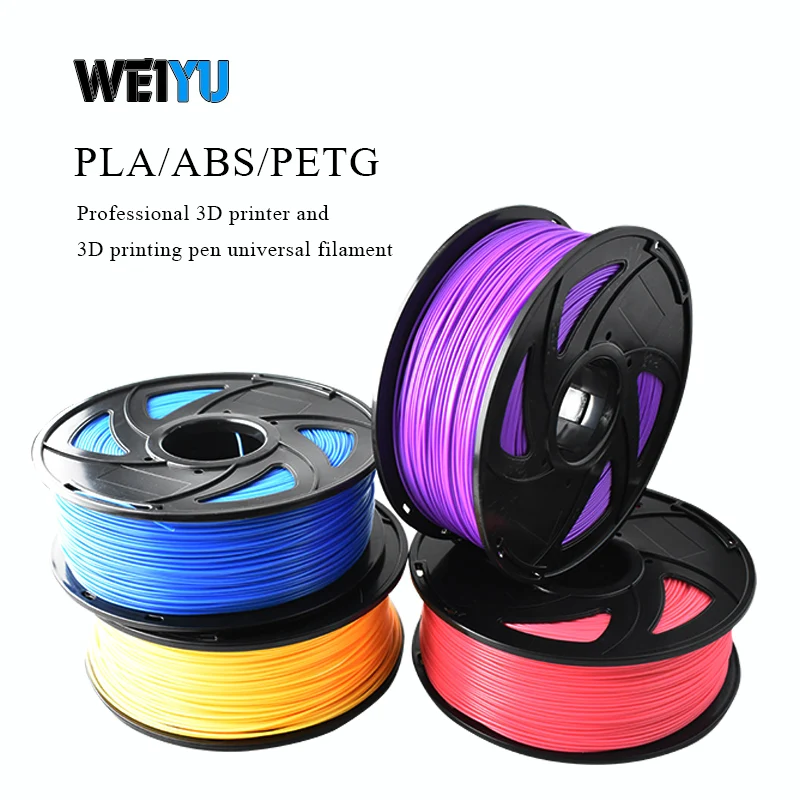
In order to dissolve these supports, the pH of the water must be acidic in order to break down the sugar that this type of material normally contains, as this is less dangerous than the use of solvents.
Soluble 3D Printer Filaments with Organic Solvents
These are the least used materials due to the difficulty of using organic solvents with polymers most used in 3D printing as the solvent can react with the print material and damage it.
The advantage of using these materials is their high compatibility with the construction material. The most common example is HIPS as a support material for ABS.
Insoluble and dissolvable filaments for 3D printers
Soluble filaments for support structures have advantages and disadvantages compared to using insoluble filaments:
- Easy to remove supports
- Since the supports are soluble, simply dip the model in the appropriate solvent and wait until the supports are gone.
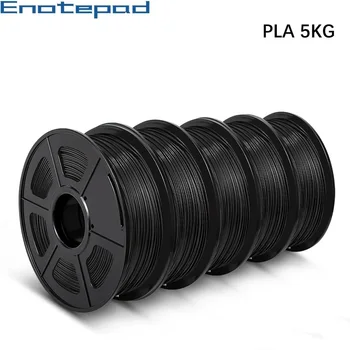 This is very useful for parts with a very complex structure.
This is very useful for parts with a very complex structure. - Improved contact surface quality
- This advantage is related to the first point; since the material is easily removed, a strong base can be created in the area where supports are required, resulting in a smooth surface without filament residue.
- Less need for post-processing of the model
- The ability to print complex 3D models with high surface quality using dissolvable filaments also reduces the need for post-processing tasks such as polishing, sanding, gluing, etc.
- Longer print times in increasing the time of 3D printing, since materials need to be changed in the process. However, there are techniques for optimizing the support structure to reduce this problem.
Tips for creating support structures with dissolvable filaments
By changing some settings in your slicer, you can get solid supports to improve the quality of your 3D model.
Strengthening the Supports
It is quite common to create thin supports for very thin parts of a model, however they are not strong and tend to break during the printing process.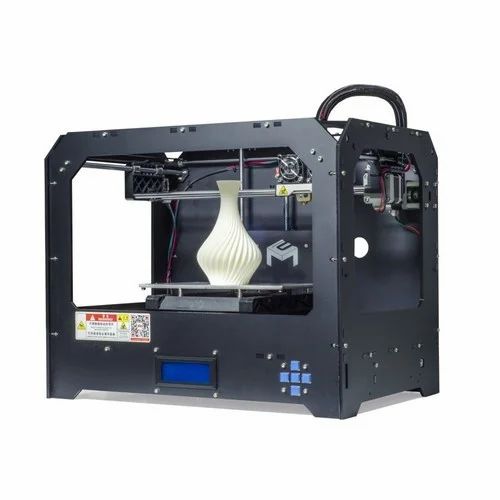 To increase their durability, you can adjust the following support configuration options:
To increase their durability, you can adjust the following support configuration options:
Horizontal Support Extension: Increases the overall thickness of the support, allowing the tower to be thicker and stronger.
Avoid breakage of supports during printing
The thickness of supports is equal to the diameter of the hot end, so they are usually quite fragile and can break during printing. By changing the pattern and other parameters, the strength can be increased:
- Support pattern: Patterns such as grid and triangle are quite resistant to tearing during printing. It is recommended to print such patterns only on soluble material, as they are quite difficult to remove.
- Supports printing speed: If the supports are printed too fast, there is a risk of breaking the structure. Reducing the speed avoids vibration or damage to the structure as the head passes.
Improving the quality of the surface of the model
The quality of the contact surface depends on the distance Z from the support pattern, the direction of the upper and lower perimeter lines and the amount of material holding the base of the model.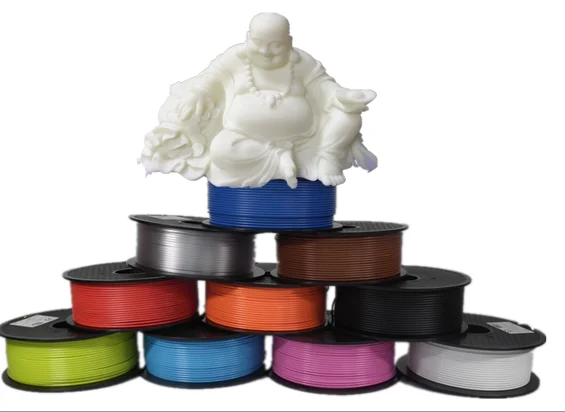 Changing these parameters can improve the quality of the surface, but will complicate the process of extracting supports.
Changing these parameters can improve the quality of the surface, but will complicate the process of extracting supports.
- Density of supports: The higher the density, the better the model will hold and therefore the surface finish will improve.
- Top/Bottom Line Direction: Changing the direction of the perimeter pattern helps hold the bottom layer of the model, as it allows the support and the perimeter pattern to intersect better.
- Support Pattern and Top/Bottom Pattern: The support and perimeter patterns affect how the support model attaches, ideally the patterns should overlap as often as possible to better secure the first layer.
Always remember that it is important to keep filaments in a dry environment, as soluble materials readily absorb moisture and can cause printing problems. Materials such as PVA and BVOH can be dissolved in plain water. This water can also be heated to shorten the removal time of supports.
We hope you follow our advice and recommendations to improve the surface quality of your 3D printed parts and make the process faster and more efficient.
We will keep you updated with the latest news!
Your iGo3D Russia team
Our groups in social networks:
VKontakte
Telegram
YouTube
Techno Print 3D Company
This is our first review of the most popular and inexpensive 3D printers for 2020. The list will include the best-selling devices in two price ranges (up to 30 tr and up to 60 tr). Printers working with both plastic filament (FDM) and photopolymers (LCD/DLP) will be presented. This list will always be up to date, as it is periodically updated and supplemented. Read more→
The Chinese company Dazz3D announces the launch of the project on KickStarter and accepts pre-orders for Dazz3D Basic and Dazz3D Pro 3D printers. These revolutionary new devices are aimed at both the professional and amateur markets. Read more→
We all know that precise calibration of the 3D printer desktop is the foundation and the key to successful printing on any FDM printer.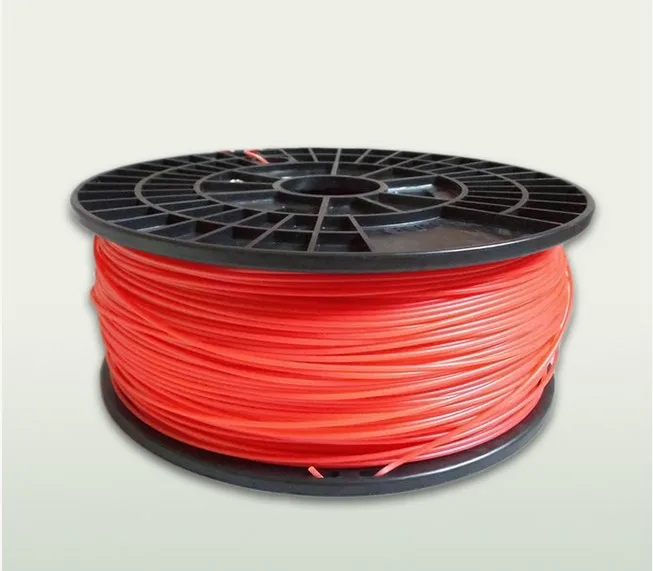 In this article we will talk about the main and most popular ways to level the "bed". So, as mentioned above, 3D printing without desktop calibration is impossible. We face this process Read more→
In this article we will talk about the main and most popular ways to level the "bed". So, as mentioned above, 3D printing without desktop calibration is impossible. We face this process Read more→
It's hard to go through a day today without hearing about 3D printing technology, which is bursting into our lives at an incredible speed. More and more people around the world are becoming addicted to 3D printing technology as it becomes more accessible and cheaper every day. Now almost anyone can afford to buy a 3D printer, and with the help of Read more→
The FormLabs Form 2 and Ultimaker 3 are perhaps the most popular 3D printers today, capable of high quality printing with incredible surface detail. Moreover, these two devices use completely different technologies, and therefore, there are a lot of differences between them. Many will say that it is wrong to compare them or Read more→
XYZprinting, best known for its daVinci line of desktop 3D printers, is bringing five new devices to the professional and industrial environment.